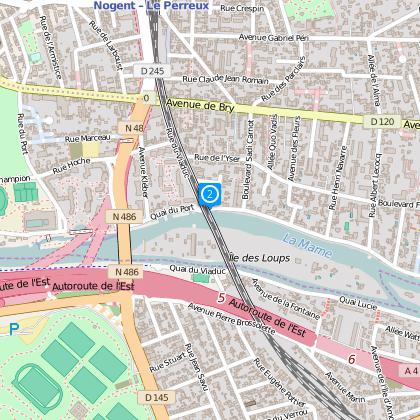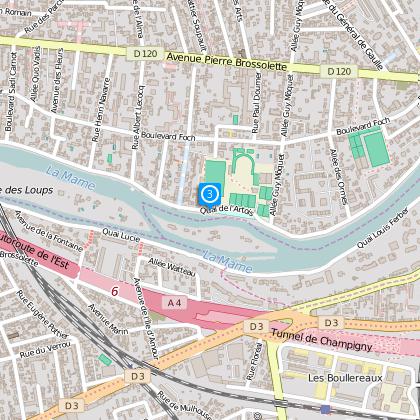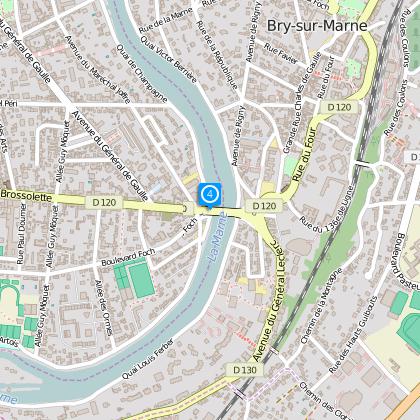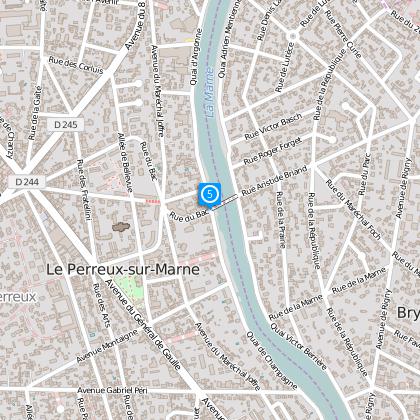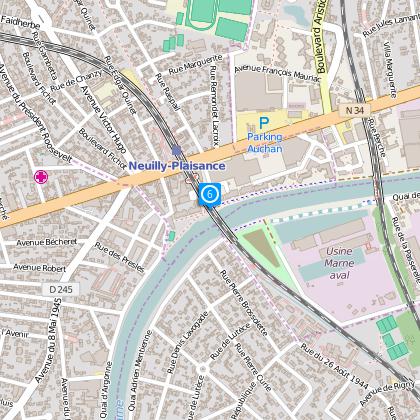Alert
Alerts
The Marne: nautical societies

The Cirkwi brief
The Marne River's journey across NOGENT-SUR-MARNE isn't just about scenic waterscapes; it's an invitation into the world of nautical sports, brought to you by Tourisme-val-de-marne. Here, amidst the flow of the river and the echoes of oars dipping into water, a lively history of boating unfolds. Since the 19th century, the Marne has been a battleground between leisurely rowing societies and competitive sports enthusiasts. This route offers not just a walk but a dive into a vibrant past where architecture meets aquatic endeavors, encouraging you to feel the rush of the river's current and the thrill of its history.
Key Route Insights and Details
This journey involves a 4.3km walk with minimal elevation change, highlighting the terrain's accessibility. The route's highest altitude is 41 meters, dipping to 35 meters at its lowest, with a notable positive grade variation of 3 meters. These technical aspects underscore the walk's ease, making it suitable for various ages and fitness levels. The gentle slopes and manageable distances offer an ideal setting for both leisurely strolls and fitness walks.
Seasonal Visiting Tips and Safety
Spring and autumn are prime times for exploring, offering mild weather and vibrant natural scenery. During summer, early morning or late evening walks are recommended to avoid the heat. Winter, while colder, presents its unique charm with fewer crowds. Safety-wise, always stay on designated paths, wear appropriate footwear for walking, and bring water, especially in warmer months. Awareness of the river's proximity is crucial, particularly for families with children.
NOGENT-SUR-MARNE: A Cultural Mosaic
Nogent-sur-Marne, within the enchanting Val-de-Marne department, is more than a waypoint on your itinerary; it's a portal to French history and culture. The town's connection to the Marne River has shaped its identity, playing a pivotal role in developing nautical sports in the region. Beyond sports, this area reflects the architectural evolution influenced by its riverine activities, offering a glimpse into a society that embraced leisure on the water as a part of its cultural fabric.
Climate Guide for Optimal Visits
The regional climate is temperate, with distinct seasons offering varied experiences. Summer (June-August) is warm, making it a popular time for water-bound activities, though mornings or late evenings are preferred to beat the heat. Spring (March-May) and autumn (September-November) present milder temperatures with scenic changes in the landscape, ideal for walking and photography. Winter (December-February), while cooler, offers a serene, crowd-free environment. For the optimal experience, aim for late spring or early autumn, balancing pleasant weather with the beauty of the region's natural and architectural highlights.
IGN cards
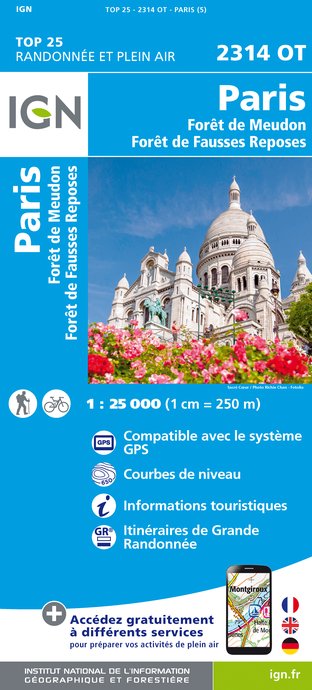

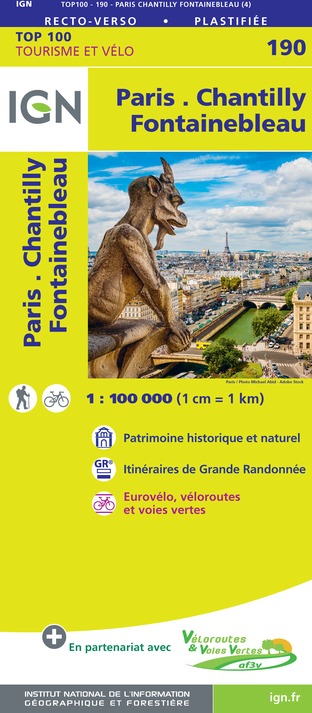
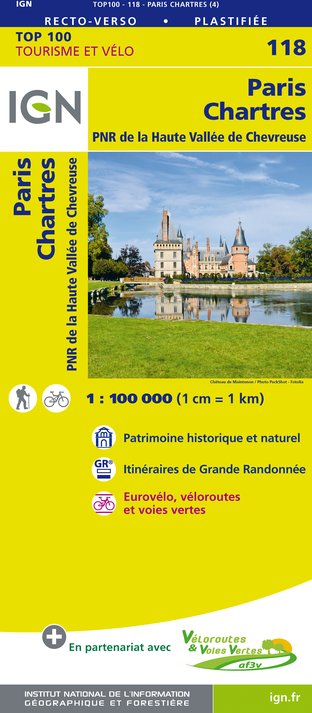
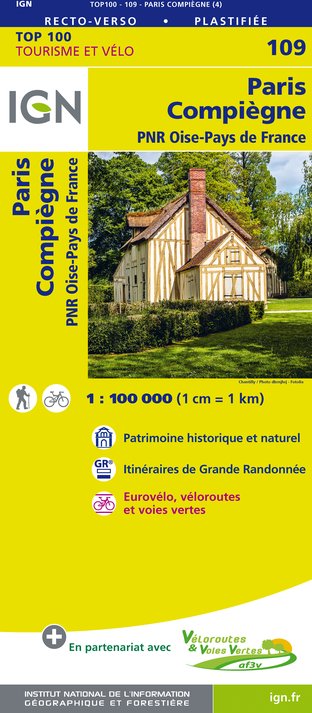
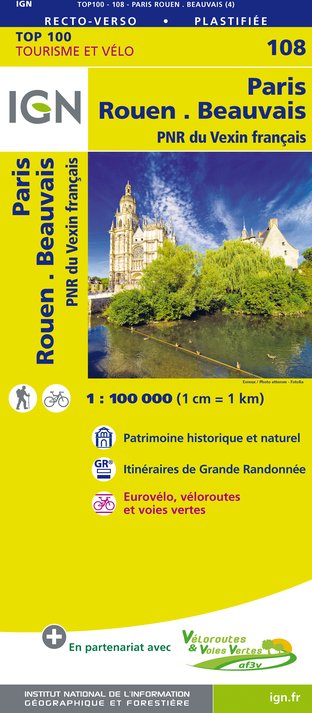
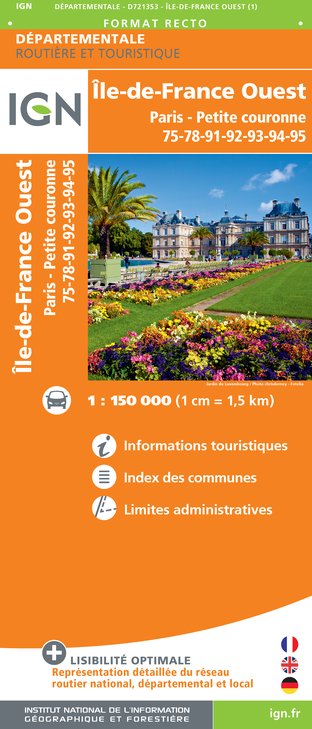
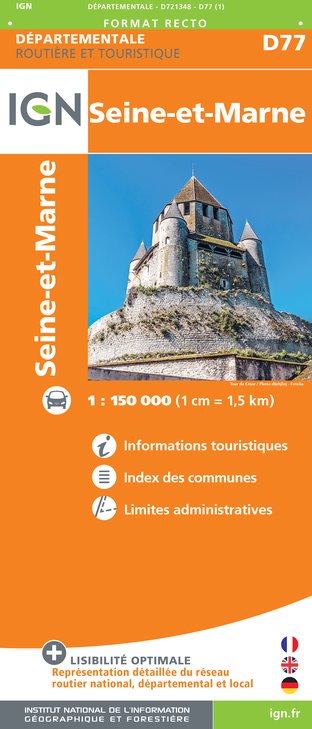
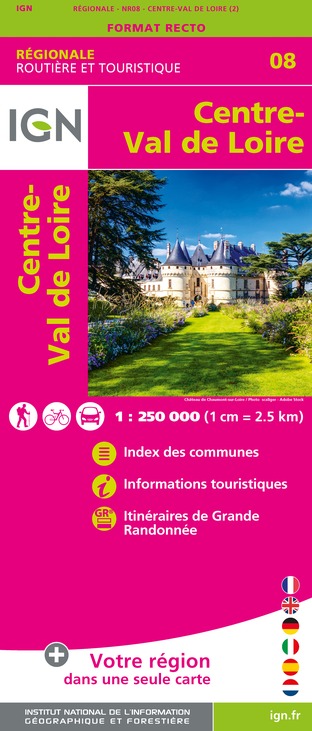


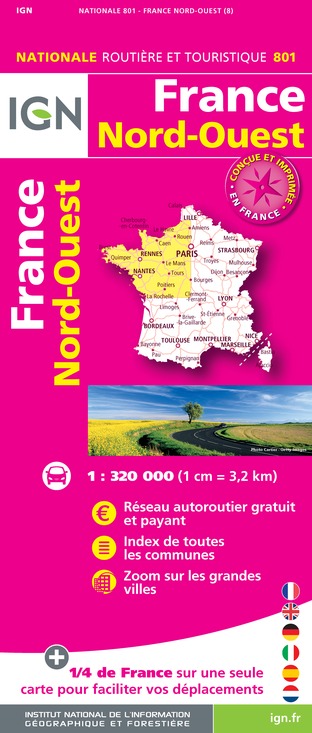
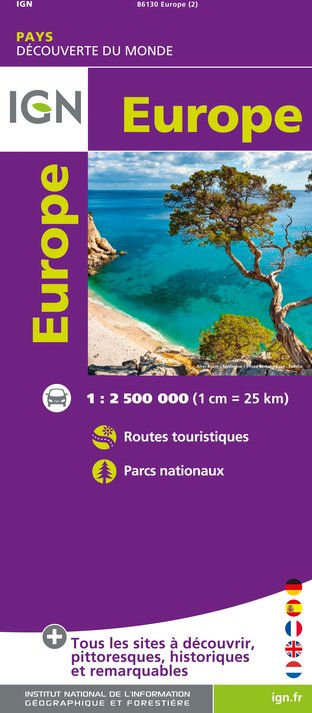
Technical Information
Altimetric profile
Starting point
Steps
Data author


